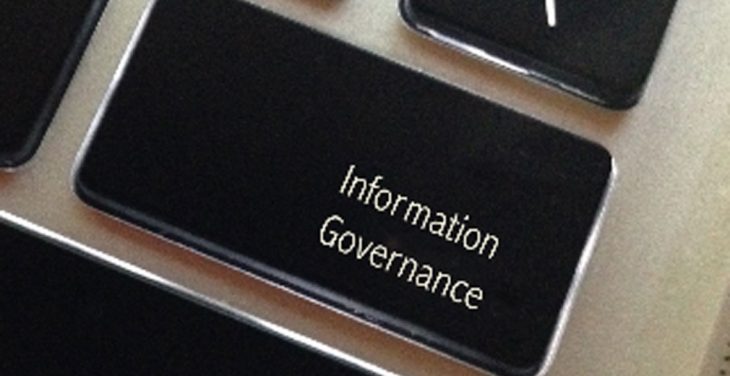Here we cover how to address the problems posed by a legacy system that has inadequate metadata in terms of both detail as well as coverage. Existing document types don’t have the metadata needed to support efficient governance and use, and new document types need to be created. Unless an organization is familiar with the […]





